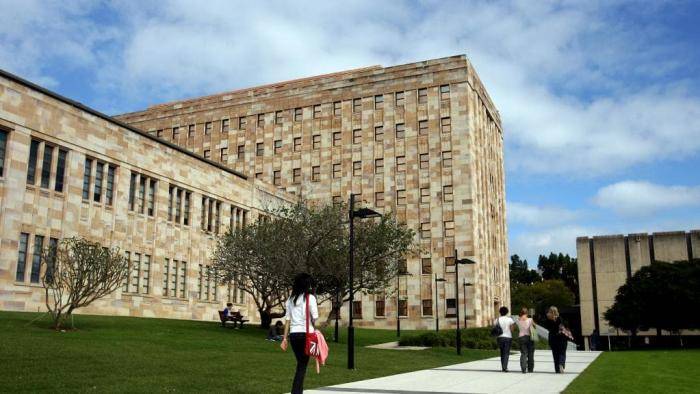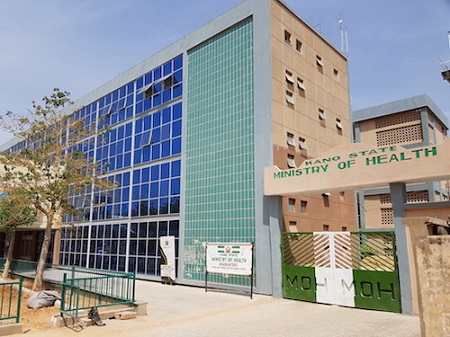WAEC Biology Practical Specimen 2023/2024 (All Lists)

The West African Examination Council (WAEC) is a well-established body that conducts examinations for secondary school students across West African countries. One of the most critical aspects of the WAEC examination is the Biology Practical, which tests students’ ability to identify, analyze, and work with various biological specimens. In this comprehensive guide, we will discuss the Waec Biology Practical Specimen 2023/2024 and provide essential insights to help students prepare effectively for this crucial exam.
Introduction to Waec Biology Practical Specimen 2023/2024
Waec Biology Practical Specimen 2023/2024 is an essential component of the biology examination that secondary school students undergo in West African countries. The practical exam aims to evaluate students’ ability to work with biological specimens, understand their structures and functions, and demonstrate practical skills in handling, dissecting, and examining specimens. This guide will provide candidates with a comprehensive overview of the Waec Biology Practical Specimen 2023/2024 and equip them with the necessary knowledge to excel in this crucial exam.
Importance of the Biology Practical Exam
The biology practical exam is a critical aspect of the WAEC examination, as it assesses students’ ability to apply theoretical knowledge in practical situations. By conducting this exam, the West African Examination Council ensures that students have a deep understanding of biological concepts and can effectively work with specimens in a laboratory setting. Additionally, the practical exam serves as an essential factor in determining a student’s overall success in the WAEC examination.
Waec Biology Practical Specimen 2023/2024: List of Specimens
The following is a list of specimens that candidates must familiarize themselves with for the Waec Biology Practical Specimen 2023/2024 exam:
- Specimen A: Mature fresh eggs of catfish
- Specimen B: Fresh egg of domestic fowl (raw, with shell intact)
- Specimen C: Picture/model/chart of uterus containing a foetus
- Specimen D: Longitudinal section of ovary of pride of Barbados flower
- Specimen E: Leaf of pride of Barbados flower
- Specimen F: Panicum plant/Guinea grass (whole plant)
- Specimen G: Cocoyam plant/Caladium plant (whole plant)
- Specimen H: Corm of cocoyam
- Specimen I: Dry humus in a beaker
- Specimen J: Moist humus in a beaker
- Specimen K: Ripe orange fruit (whole)
- Specimen L: Longitudinal section of coconut fruit
- Specimen M: Longitudinal section of fresh chilli pepper fruit
Materials and Equipment
In the Waec Biology Practical Specimen 2023/2024 exam, each candidate must have access to specific materials and equipment. The following is a list of necessary items:
- Hand lens/magnifying lens
- Scalpel/razor blade/knife
- Pair of forceps
- Hand gloves
- Spatula
- Petri dish
- Fehling’s solutions A and B
- Iodine solution
Students must ensure that they know how to use these materials and equipment properly and safely in the laboratory setting.
Explanation of Specimens
In this section, we will provide an overview of each specimen and its significance in the Waec Biology Practical Specimen 2023/2024 exam.
Specimen A (Mature fresh eggs of catfish): Students will study the reproductive system and development of fish using this specimen.
Specimen B (Fresh egg of domestic fowl, raw with shell intact): This specimen allows students to examine the structure and characteristics of avian eggs.
Specimen C (Picture/model/chart of uterus containing a foetus): This visual representation helps students understand the reproductive system and fetal development.
Specimen D (Longitudinal section of ovary of pride of Barbados flower): Students will examine the structure and reproductive parts of flowers using this specimen.
Specimen E (Leaf of pride of Barbados flower): This specimen is used to study plant anatomy, leaf structure, and characteristics.
Specimen F (Panicum plant/Guinea grass, whole plant): This specimen allows students to observe the overall plant structure, leaf arrangement, and other characteristics of the species.
Specimen G (Cocoyam plant/Caladium plant, whole plant): Students will study the morphology, leaf structure, and growth pattern of these plants using this specimen.
Specimen H (Corm of cocoyam): This underground storage organ is used to examine the structure and functions of corms.
Specimen I (Dry humus in a beaker): This specimen allows students to study soil composition, decomposition processes, and nutrient recycling in ecosystems.
Specimen J (Moist humus in a beaker): Students will observe microbial activity and nutrient cycling in soil using this specimen.
Specimen K (Ripe orange fruit, whole): This specimen is used to study the anatomy, structure, and reproduction of fruit-bearing plants.
Specimen L (Longitudinal section of coconut fruit): Students will examine the internal structure and arrangement of the endosperm, water cavity, and other components using this specimen.
Specimen M (Longitudinal section of fresh chilli pepper fruit): This specimen helps students understand the anatomy and characteristics of chilli pepper fruits.
How to Identify and Analyze Specimens
To excel in the Waec Biology Practical Specimen 2023/2024 exam, students must be able to accurately identify and analyze each specimen. Here are some essential steps that candidates should follow:
- Examine the specimen carefully: Use a hand lens or magnifying lens to observe the specimen closely. Pay attention to its color, texture, shape, and other distinguishing features.
- Compare the specimen with known examples: Refer to textbooks, charts, or models to compare the specimen with known examples. This will help you identify the specimen accurately.
- Dissect the specimen if necessary: Use a scalpel, razor blade, or knife to dissect the specimen carefully if required. This will enable you to study its internal structures and functions.
- Take notes and sketch diagrams: As you examine the specimen, take detailed notes and sketch diagrams to capture its essential features. This will help you remember the specimen and its characteristics during the exam.
- Perform chemical tests if required: In some cases, you may need to perform chemical tests using Fehling’s solutions A and B, iodine solution, or other chemicals to analyze the specimen further.
Tips for Success in the Biology Practical Exam
Here are some useful tips to help students excel in the Waec Biology Practical Specimen 2023/2024 exam:
- Practice regularly: Practice working with different specimens and using various laboratory equipment to improve your practical skills.
- Study the specimens in detail: Familiarize yourself with each specimen’s structure, function, and characteristics to ensure that you can identify and analyze them accurately during the exam.
- Learn the proper use of equipment: Ensure that you know how to use all the required materials and equipment safely and effectively.
- Follow safety precautions: Always follow laboratory safety guidelines and precautions while working with specimens and equipment.
- Manage your time effectively: Allocate sufficient time for each specimen and ensure that you complete all tasks within the given time limit.
Frequently Asked Questions
Q: How can I prepare for the Waec Biology Practical Specimen 2023/2024 exam?
A: To prepare for the exam, you should familiarize yourself with the specimens, learn how to use laboratory equipment, practice working with different specimens, and study the theoretical aspects of biology.
Q: What is the purpose of the biology practical exam?
A: The biology practical exam assesses students’ ability to apply theoretical knowledge in practical situations, understand biological concepts, and work with specimens in a laboratory setting.
Q: Can I use my textbook during the exam?
A: No, you are not allowed to use any textbooks or reference materials during the exam. You must rely on your knowledge and skills to identify and analyze the specimens.
Conclusion
By understanding the Waec Biology Practical Specimen 2023/2024, students can prepare effectively for this crucial exam. Regular practice, in-depth study of each specimen, and the proper use of equipment will help candidates excel in the biology practical exam. We hope this comprehensive guide provides valuable insights and support for secondary school students and wish them the best of luck in their examinations.














